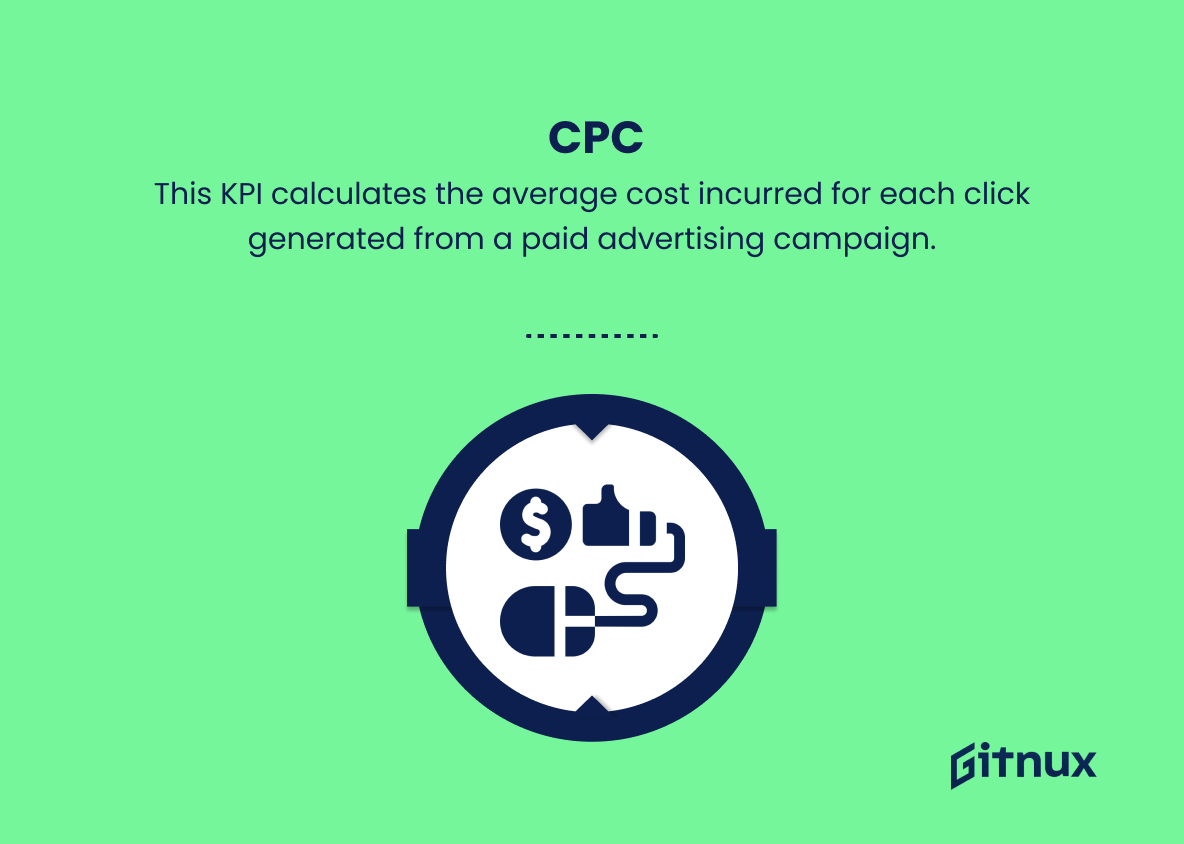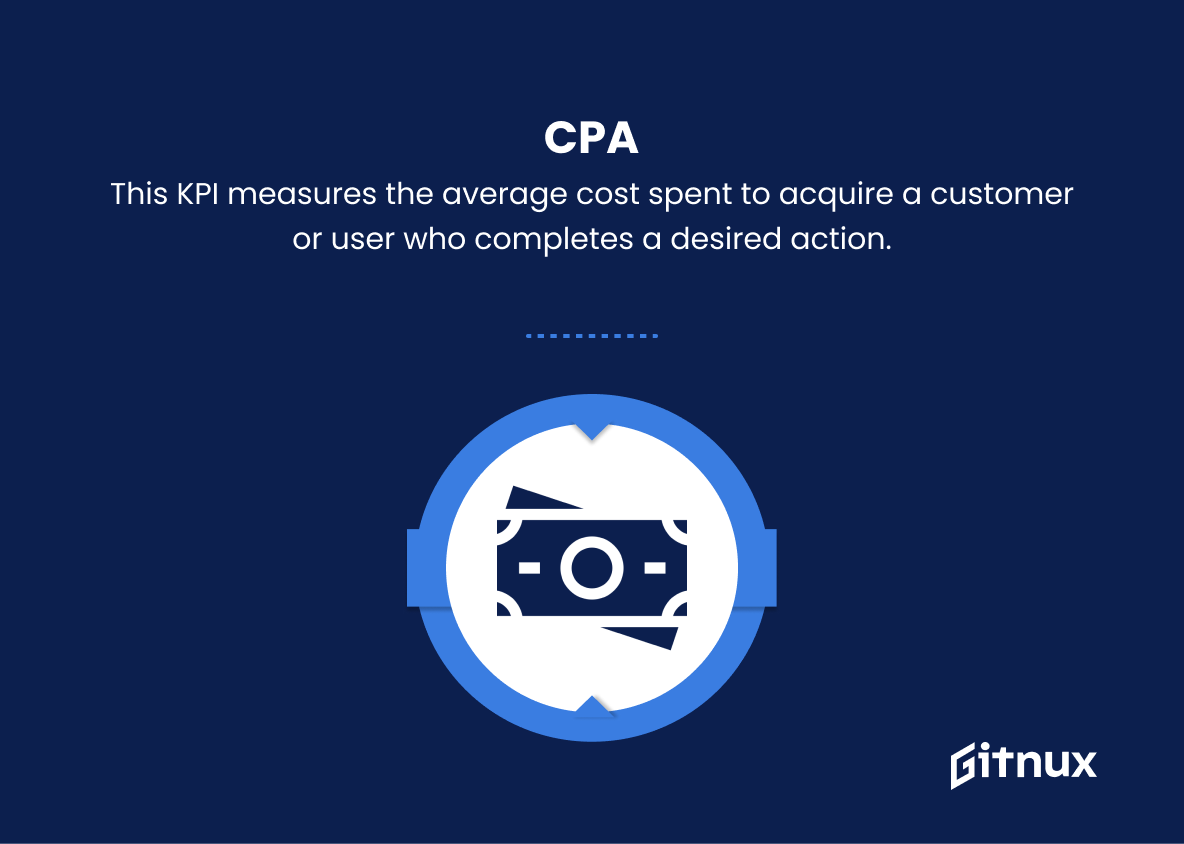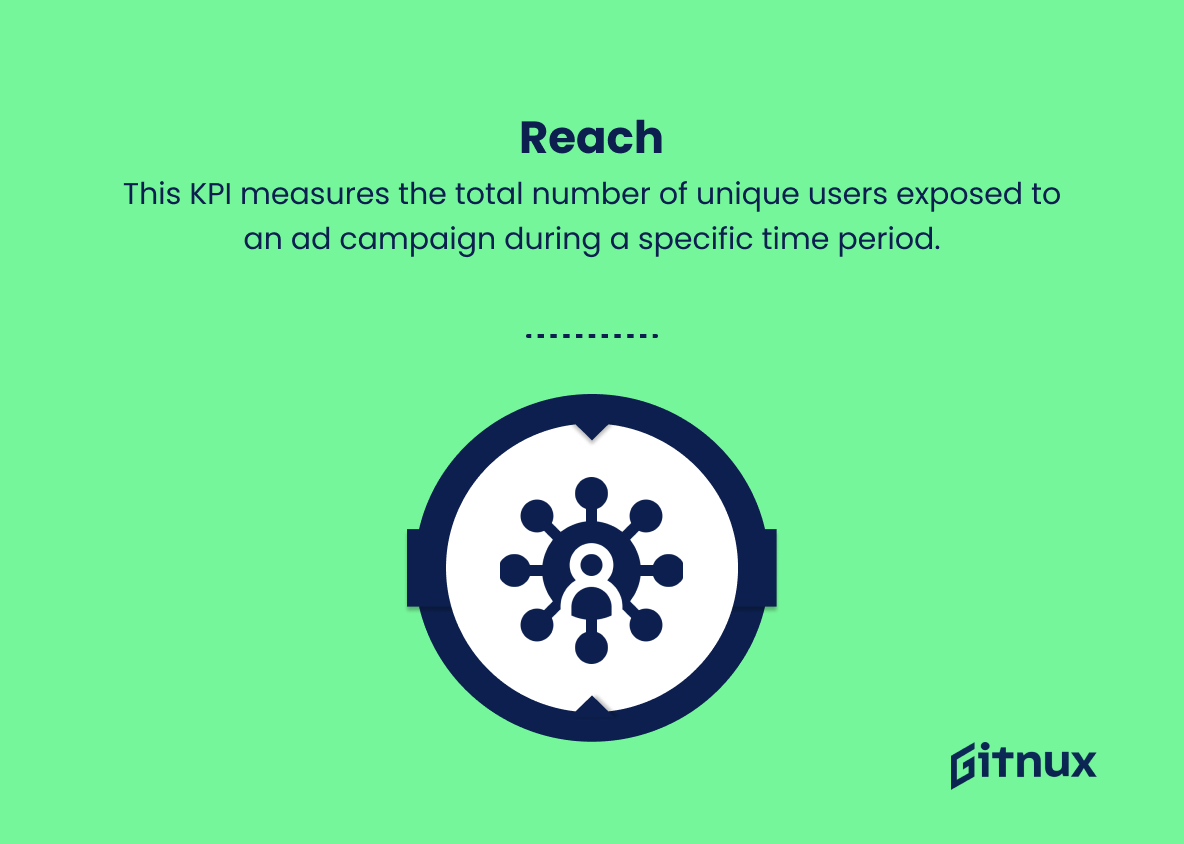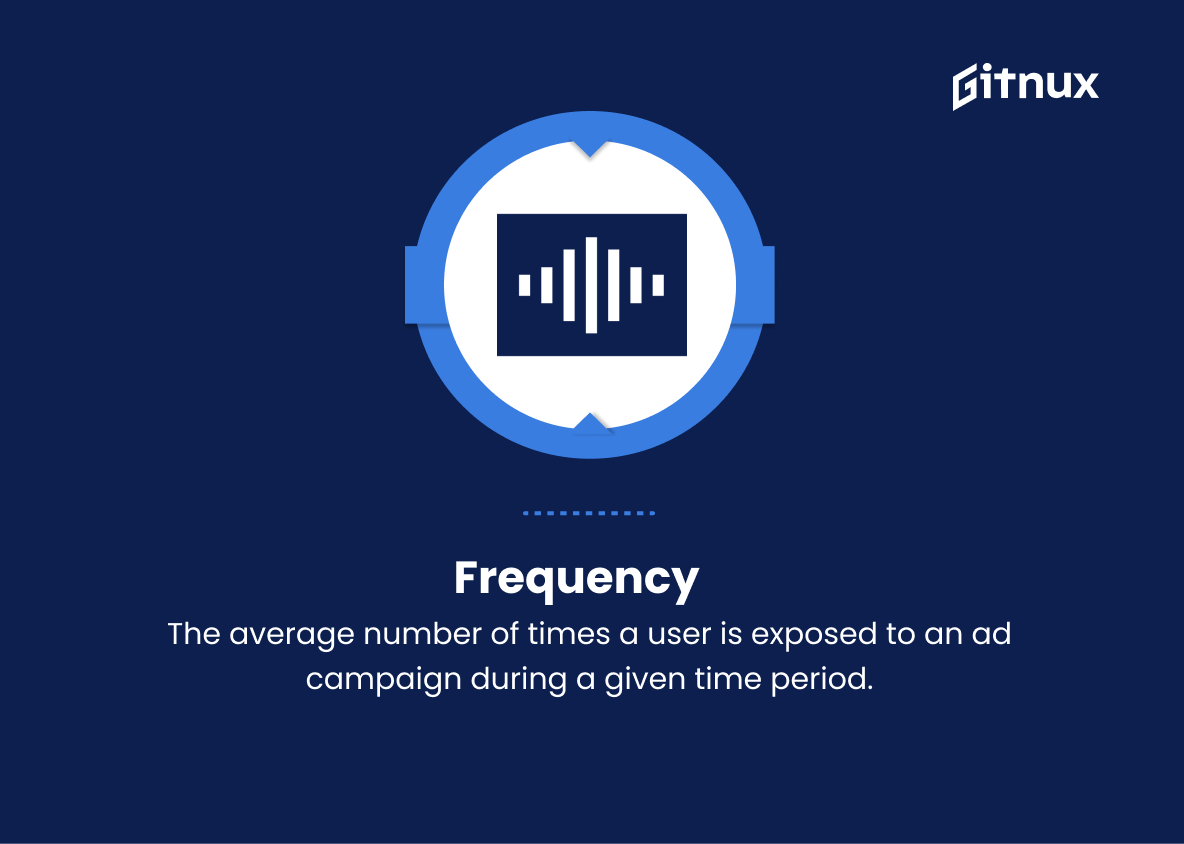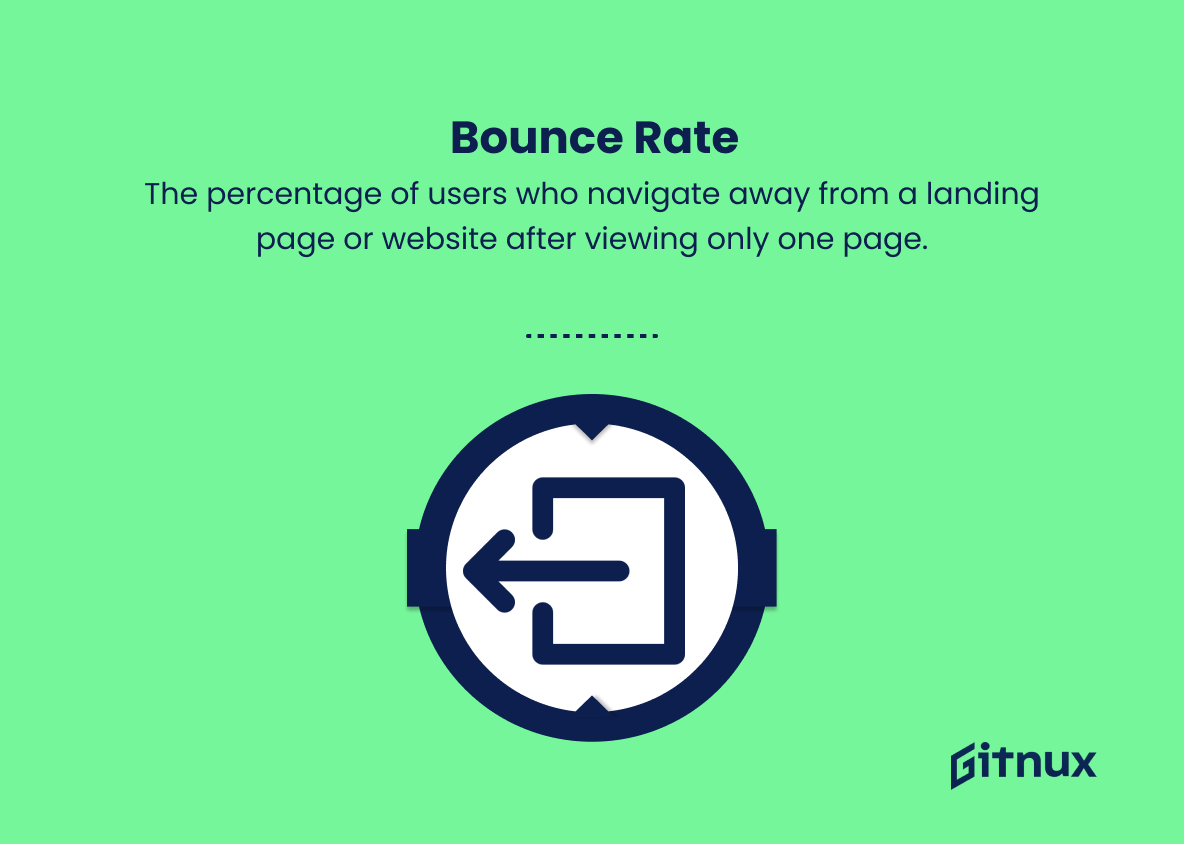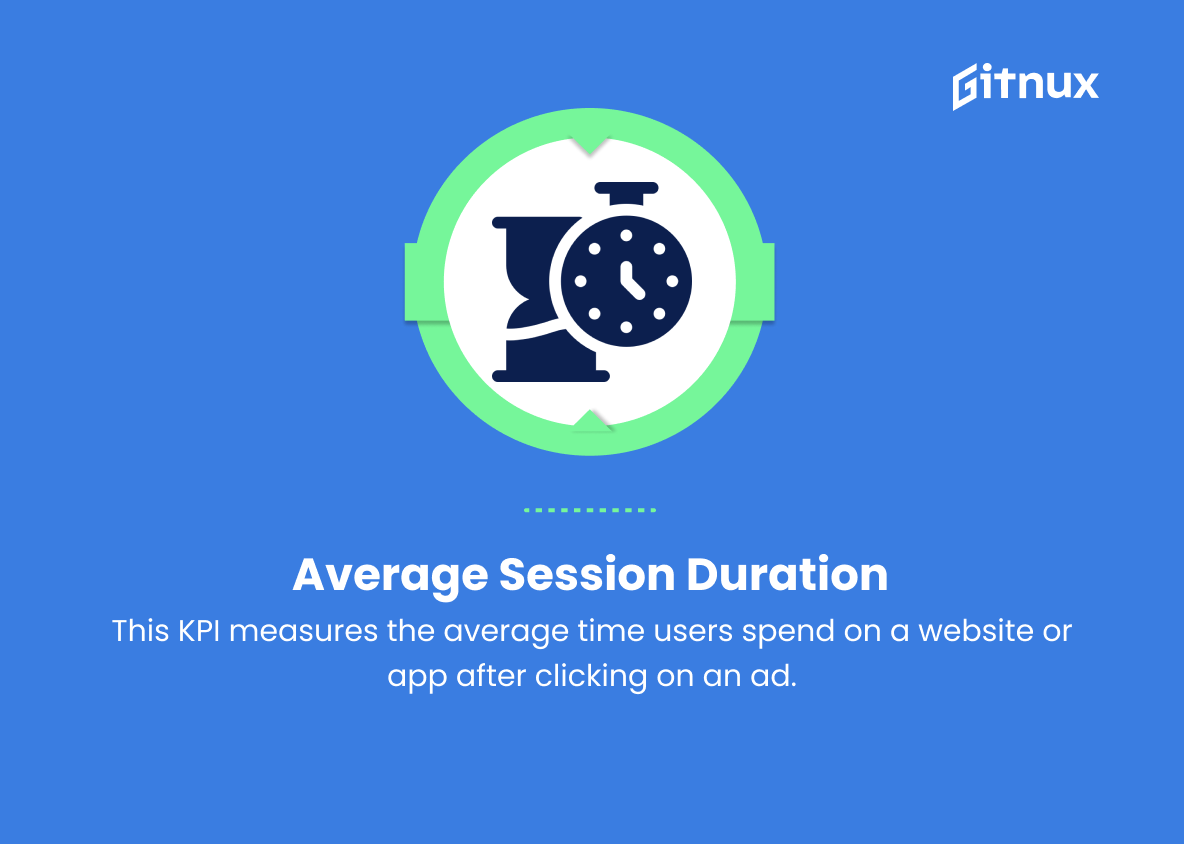In today’s increasingly data-driven world, accurately measuring and analyzing the success of marketing campaigns is essential for businesses looking to grow and thrive in a competitive marketplace. Enter the role of Key Performance Indicators (KPIs)—a crucial component in evaluating the effectiveness of your marketing efforts.
This comprehensive blog post will shed light on Campaign KPIs, exploring their importance and delving into essential tips for selecting the most relevant and actionable metrics. Through careful understanding and conscientious application of these crucial tools, businesses can go beyond mere numbers and truly shape their marketing strategies to ensure success and sustained growth in the long run.
Campaign KPIs You Should Know
1. Click-through Rate (CTR)
This is the percentage of users who click on an ad or link compared to the total number of users who are exposed to it. A higher CTR indicates that the campaign is more engaging and effective in driving users to take action.
2. Cost Per Click (CPC)
This KPI calculates the average cost incurred for each click generated from a paid advertising campaign. CPC helps marketers estimate the effectiveness of their ad spending and optimize their budget.
3. Conversion Rate (CR)
The percentage of users who complete a desired action (e.g., purchasing a product, signing up for a newsletter) compared to the total number of users exposed to the ad campaign. A higher conversion rate indicates that the campaign is effective in driving the desired action.
In today’s increasingly data-driven world, accurately measuring and analyzing the success of marketing campaigns is essential for businesses looking to grow and thrive in a competitive marketplace.4. Cost Per Acquisition (CPA)
This KPI measures the average cost spent to acquire a customer or user who completes a desired action (e.g., making a purchase, signing up for a service). CPA helps assess the effectiveness of a campaign by comparing the acquisition cost to the value generated by the acquired customers.
5. Return on Ad Spend (ROAS)
This KPI calculates the revenue generated from an advertising campaign, divided by the total cost of the campaign. ROAS helps marketers understand the profitability of their ad campaigns and make informed decisions regarding future investment in ads.
6. Impressions
The total number of times an ad or piece of content is displayed to users, regardless of whether they interact or engage with it. Impressions can help quantify the exposure and reach of a campaign.
7. Engagement Rate
Engagement rate measures the level of interaction users have with an ad or piece of content, expressed as a percentage of total impressions or clicks. High engagement indicates that the content is resonating well with the target audience.
Enter the role of Key Performance Indicators (KPIs)—a crucial component in evaluating the effectiveness of your marketing efforts.8. Reach
This KPI measures the total number of unique users exposed to an ad campaign during a specific time period. Reach helps marketers understand the breadth of their campaign’s impact on the target audience.
9. Frequency
The average number of times a user is exposed to an ad campaign during a given time period. Frequency helps marketers balance between reaching users effectively and not overwhelming them with excessive ad exposure.
10. Bounce Rate
The percentage of users who navigate away from a landing page or website after viewing only one page. A high bounce rate indicates that users are not finding the content relevant or engaging, which may warrant changes to the campaign or landing page.
11. Average Session Duration
This KPI measures the average time users spend on a website or app after clicking on an ad. A longer session duration indicates that users are finding the content engaging and relevant.
12. Pages Per Session
The average number of pages viewed by a user during a single visit to a website or app. A higher pages per session metric indicates that users are consuming more content and finding value in the campaign.
Campaign KPIs Explained
Campaign KPIs play a crucial role in evaluating the success and effectiveness of marketing efforts. Metrics such as Click-through Rate (CTR) and Cost Per Click (CPC) help assess user engagement and the efficiency of ad spending. Other indicators like Conversion Rate (CR) and Cost Per Acquisition (CPA) provide insights into the campaign’s ability to drive desired actions, allowing marketers to optimize and improve their strategies.
Return on Ad Spend (ROAS) measures campaign profitability, while impressions and reach demonstrate the visibility and potential impact on the target audience. Engagement rate, frequency, and bounce rate serve as invaluable tools for gauging user interaction and the overall resonance of a campaign’s content. Lastly, average session duration and pages per-session highlight the value users find in the campaign, ensuring marketers are delivering relevant, effective campaigns that drive desired results.
Conclusion
In conclusion, understanding and tracking Campaign KPIs is crucial for businesses in order to measure the effectiveness of their marketing efforts. These KPIs provide valuable insights into the performance of campaigns and can help companies optimize their strategies for better results.
By focusing on crucial metrics such as conversion rates, return on investment, cost per acquisition, and customer lifetime value, businesses can make data-driven decisions that not only improve immediate outcomes but also contribute to long-term growth. Remember, the ultimate goal is to allocate resources efficiently, achieve the desired market impact, and maximize ROI. So, consistently monitoring and fine-tuning your Campaign KPIs will be the cornerstone of your marketing success.

